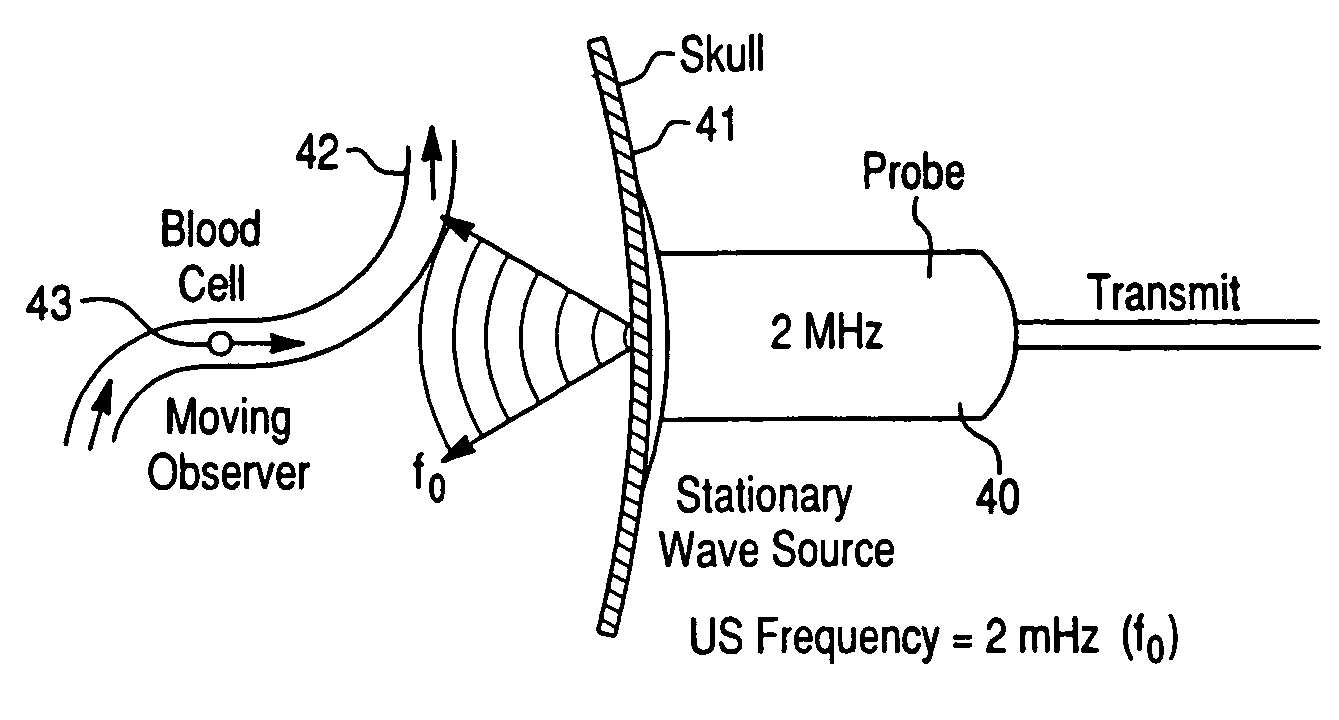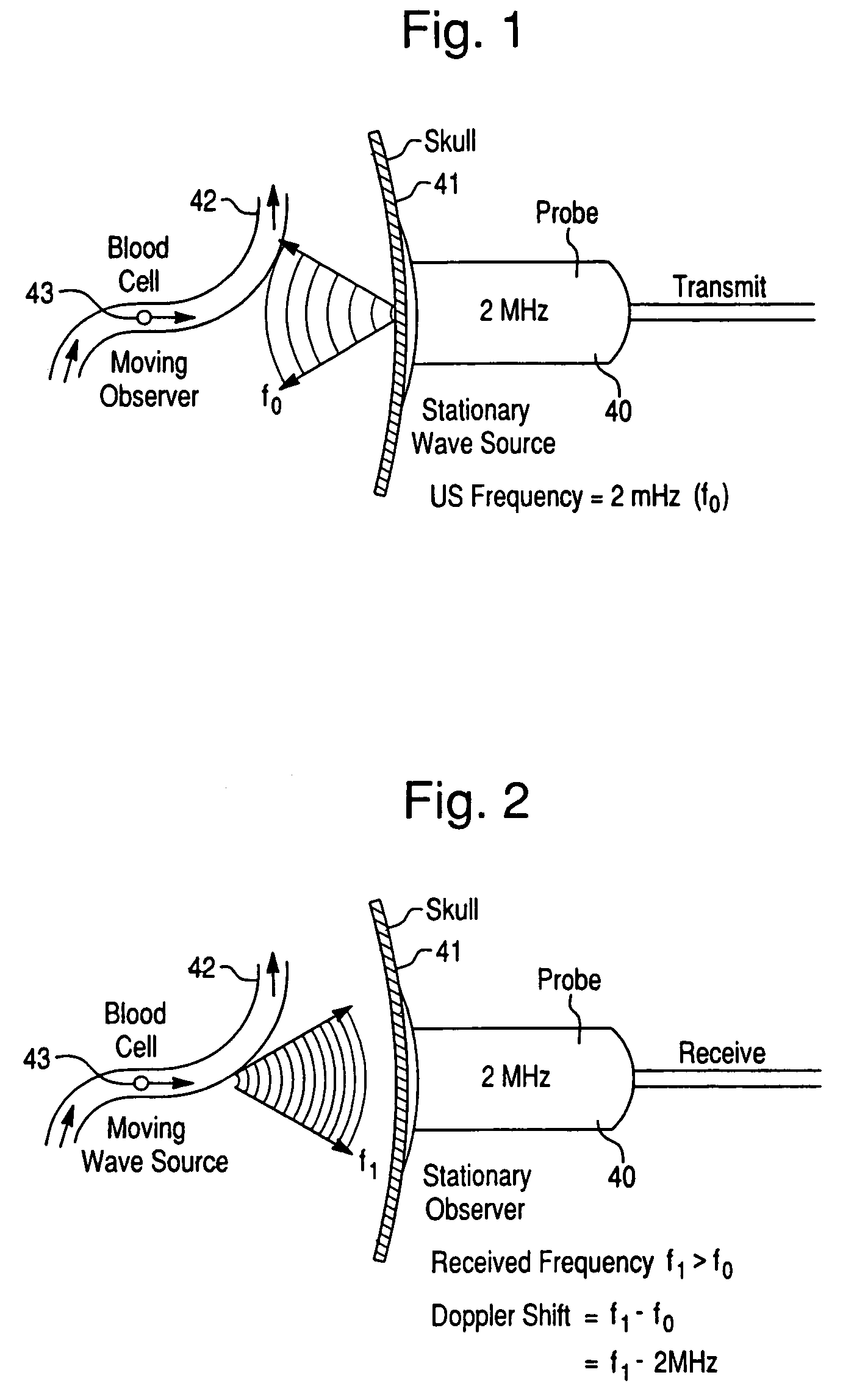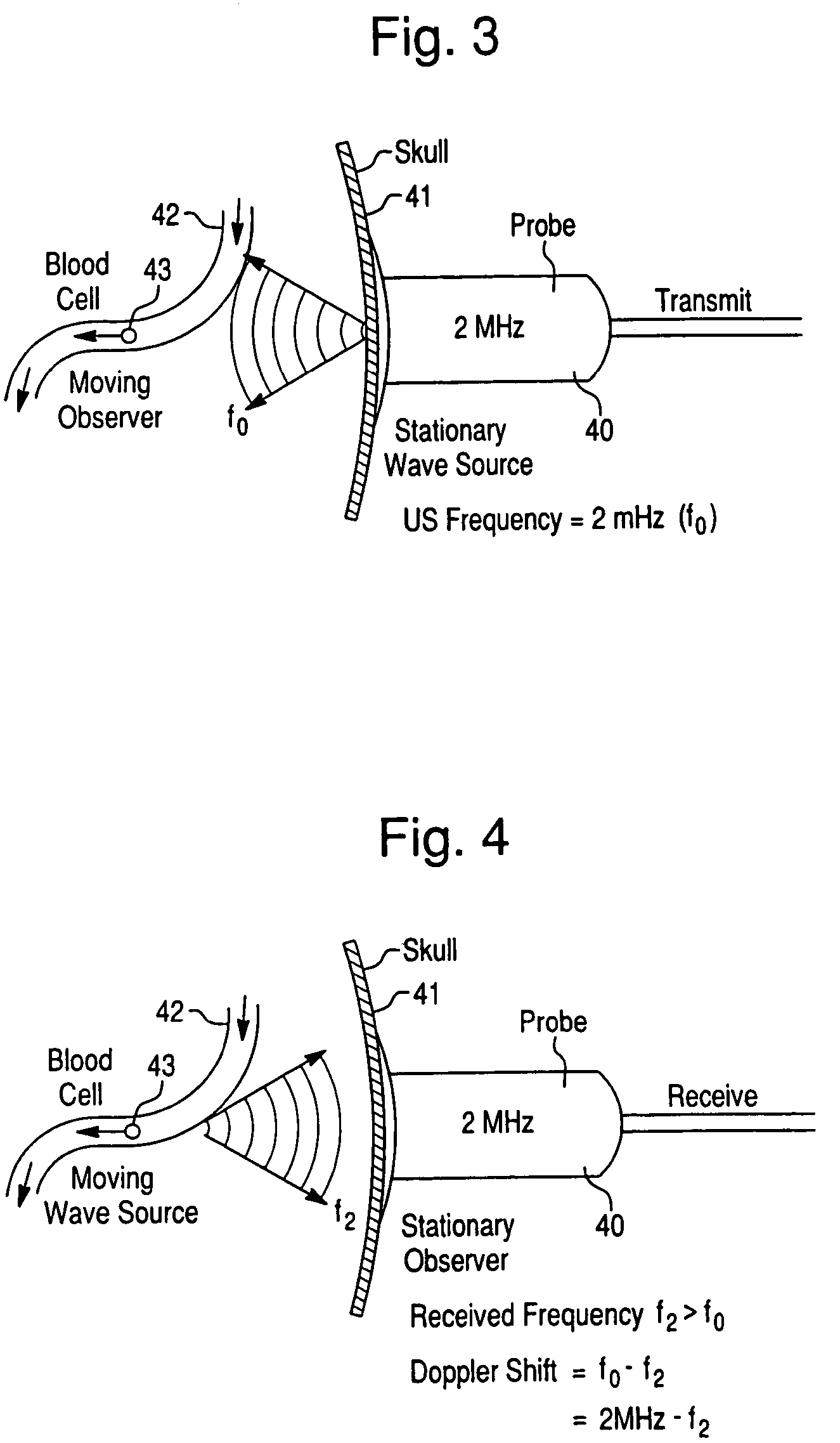Systems and methods for using dynamic vascular assessment to improve vascular stent placement, application, design and marketing
a dynamic vascular assessment and stent technology, applied in the field of systems and methods for assessing vascular health, can solve the problems of affecting the health of the organs and tissues supplied by the vessels, affecting affecting the quality of life of the stent, so as to improve the vascular health of the individual over time, improve the vascular health of the individual, and improve the effect of vascular health
- Summary
- Abstract
- Description
- Claims
- Application Information
AI Technical Summary
Benefits of technology
Problems solved by technology
Method used
Image
Examples
example 1
[0311]Effects of Propranolol on Vascular Reactivity
[0312]Propranolol, also known as Inderal, is prescribed routinely for individuals with hypertension, one of the major risk factors for stroke. In order to assess the effects of propranolol on vascular reactivity, a transcranial Doppler analysis was performed on the cerebral vessels of a 46 year old hypertensive man. Propranolol was then administered at an oral dosage of about 40 mg. Another transcranial Doppler analysis was performed approximately two hours after administration of the propranolol. Changes in specific vessels were compared to pre-administration readings. By analyzing pre- and post-administration vessel dynamics, an indication of the effect of the beta adrenergic blocker, propranolol, on dynamics of flow in specific cerebral vessels is obtained.
example 2
[0313]Analysis of the Effects of Plavix on Cerebral Vessels
[0314]Plavix is a member of a class of drugs known as blood thinners or anti-platelet drugs. Plavix is often prescribed following stroke to minimize platelet aggregation and clot formation. However, one of the major dangers of Plavix is intracranial hemorrhage. Therefore, when using Plavix to prevent or minimize the possibility of a stroke due to infarction, one may increase the possibility of a hemorrhagic stroke. Accordingly, properly selecting the appropriate patient for Plavix is critical for maintenance of vascular health.
[0315]A 63 year old male with a history of hypertension experiences a first stroke in the left middle cerebral artery resulting in deficits in the right hand, leg, and some deficits in motor speech. These are the symptoms upon presentation in the neurological clinic. Transcranial Doppler analysis of all cerebral vessels is performed in addition to analyzing the common carotid artery and the internal ca...
example 3
[0318]Assessment of Cerebral Vascular Status During Battlefield Situations
[0319]A 21 year old paratrooper jumps from an airplane to reach the battlefield below. While parachuting to the surface, his parachute becomes entangled in the branches of a large tree. The serviceman hears gunfire in the vicinity of his location and, in an attempt to free himself, cuts one of the lines connecting the parachute to his harness. He falls to the earth but his head strikes a major branch of the tree during descent. The serviceman is found unconscious by a field medic. After determining that no cervical fracture is present, the medic removes the serviceman to a field hospital. Transcranial Doppler is performed by the medic trained in such techniques. The data is acquired and transmitted by an uplink satellite communication to a battlefield command center hospital. Prior data on the serviceman is compiled during routine physical examination at the time of induction into the service. The new transcra...
PUM
 Login to View More
Login to View More Abstract
Description
Claims
Application Information
 Login to View More
Login to View More - R&D
- Intellectual Property
- Life Sciences
- Materials
- Tech Scout
- Unparalleled Data Quality
- Higher Quality Content
- 60% Fewer Hallucinations
Browse by: Latest US Patents, China's latest patents, Technical Efficacy Thesaurus, Application Domain, Technology Topic, Popular Technical Reports.
© 2025 PatSnap. All rights reserved.Legal|Privacy policy|Modern Slavery Act Transparency Statement|Sitemap|About US| Contact US: help@patsnap.com



